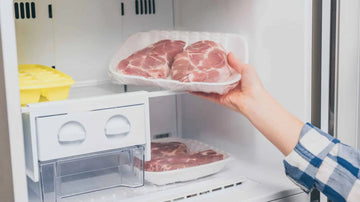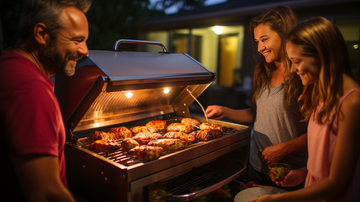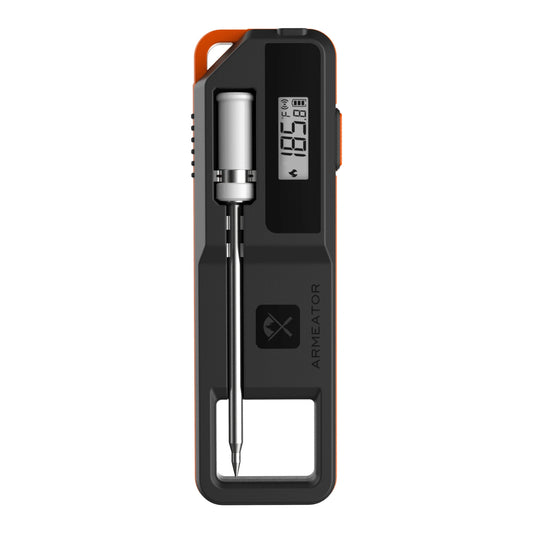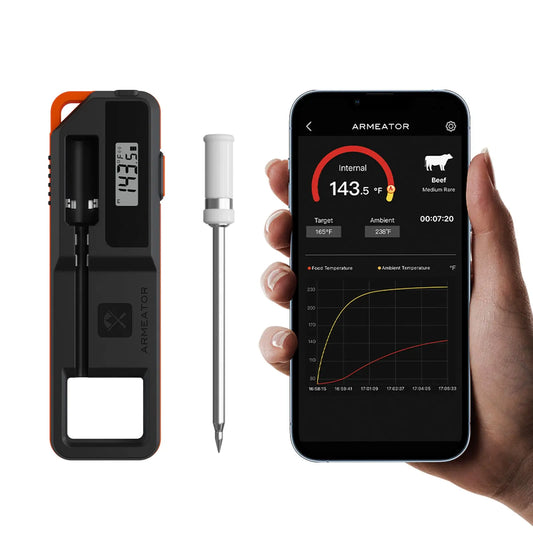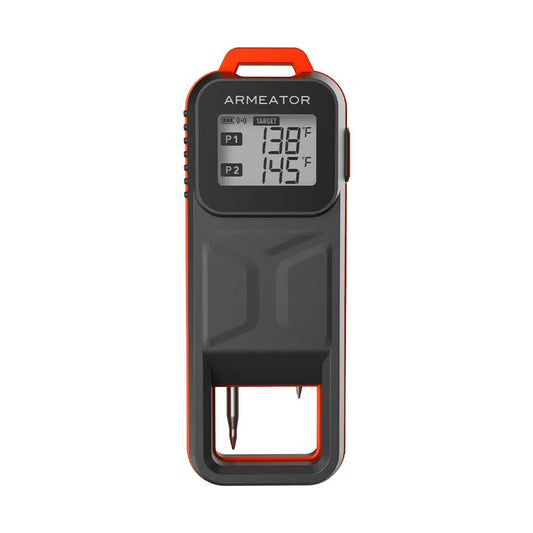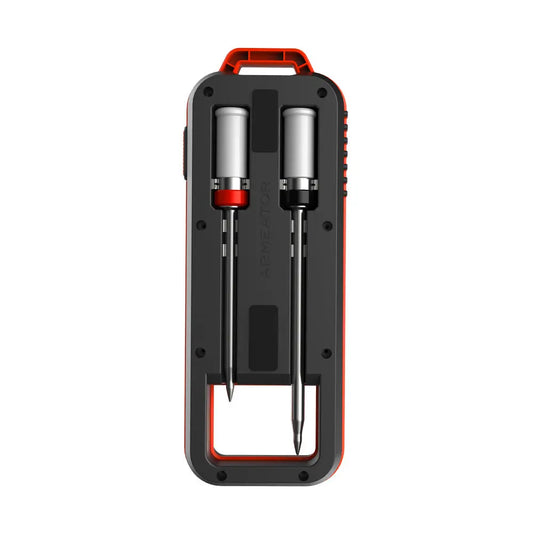Beef is a common and delicious ingredient on our dining tables, known for its rich protein content and unique flavor. However, while indulging in its taste, we should also pay attention to the safety of beef. Beef may carry various bacteria, these tiny organisms may not be visible to the naked eye, but they can pose serious food safety issues. Understanding these bacteria and preventive measures can help us better protect our own and our family's health.
Beef and Foodborne Pathogens
Salmonella:
Salmonella is widely present in animals, including poultry, livestock, and wildlife. Ingesting Salmonella-contaminated food is necessary for infection; they cannot enter the human body through skin cuts. There is a risk of Salmonella if beef is not thoroughly cooked, as freezing doesn't kill this microorganism. Salmonella infection can lead to foodborne illness, with symptoms such as nausea, vomiting, diarrhea, abdominal pain, and fever. The severity of infection varies due to differences in individual immune systems.

Escherichia coli (E. coli):
E. coli is a type of bacteria commonly found in the intestines of animals, most of which are harmless to humans. However, certain strains of E. coli, such as E. coli O157:H7, can cause foodborne illnesses. Infection symptoms may include diarrhea, abdominal pain, and vomiting. Severe infections can lead to Hemolytic Uremic Syndrome (HUS), a complication that endangers kidney function. Consumption of raw or undercooked beef can lead to E. coli infection. However, thorough cooking can easily destroy E. coli O157:H7.

Staphylococcus aureus (Staph):
This is a common bacteria found on the skin's surface and can be carried on hands, nasal passages, or throats. Most outbreaks of foodborne illness result from contamination by food handlers and the production of heat-stable toxins in food. It may contaminate during beef processing. Consuming contaminated beef can cause food poisoning, leading to symptoms such as vomiting, abdominal pain, and diarrhea. Proper food handling, cooking, and refrigeration should prevent Staph foodborne illness.

Listeria monocytogenes:
Listeria monocytogenes can be killed by cooking, but post-cooking contamination due to poor handling or unsanitary conditions may occur. FSIS has a zero-tolerance policy for Listeria monocytogenes in ready-to-eat products (such as beef sausages or lunch meat). Adhere to handling information such as "refrigerate" and "use by" on labels.

How to Make Beef Safer
Maintain Low Temperatures: Bring beef home and refrigerate it at 40 °F (4.4 °C) or below, which slows bacterial growth and extends the shelf life of beef. Use it within 3 to 5 days. If you won't use the beef within a few days, consider freezing it at a temperature below -18°C (0°F).
Proper Packaging: Place raw beef in sealed food bags or plastic wrap to prevent cross-contamination and reduce oxygen exposure, thus extending freshness.
Keep Hands and Utensils Clean: Use warm water and soap to thoroughly wash hands for at least 20 seconds to remove bacteria and pathogens. Wash cutting boards, knives, and plates with hot soapy water or use food-grade disinfectants.

Safe Internal Temperatures:
The USDA recommends cooking all raw beef steaks and roasts to a minimum internal temperature of 145 °F (62.8 °C), and consumers may choose higher temperatures based on personal preference.
We do not recommend relying on the color of meat to determine if it is cooked sufficiently to kill pathogens. We strongly recommend using a food thermometer to measure the internal temperature of the meat. A food thermometer is the only reliable way to determine if food has reached a high enough temperature to eliminate foodborne bacteria.
The Armeator One meat thermometer can be your ideal choice, ensuring the meat is cooked to perfection. It's easy to use and wirelessly connected to your phone, so you can monitor the cooking process without being tied to the grill.

Armeator One offers precise temperature readings, ensuring your beef is cooked to the desired level of doneness. Its wireless functionality allows you to move freely while cooking, and its user-friendly mobile app provides real-time alerts. Whether you're grilling in your backyard or camping outdoors, Armeator One enhances your cooking experience, ensuring your beef is safe and delicious.
We also have a shopping guide here that tells you how to choose a wireless meat thermometer.

